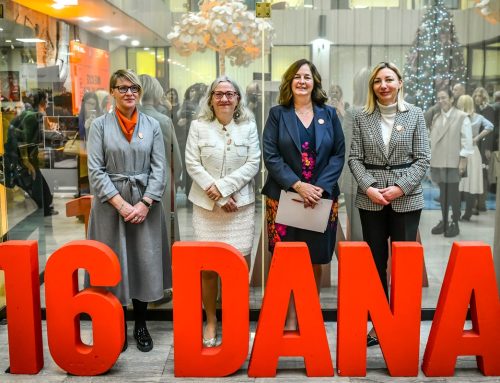Written by: Spyros Afentoulidis
Serbia has a very large river network that includes first- and second-order waters all over its territory. After the catastrophic floods of 2014, it was made evident that the management of the flood risk had to be put on a different basis. This would also entail investing more resources in adapting water flow calculations to a new, emerging climatic reality while at the same time, reinforce and adapt the flood defence systems and the flood risk management as a whole in order to be able to withstand the levels of pressure that the climate crisis brings.
What do we do right now for the preparation of flood risk management plans (FMRP) in Serbia?
EU has since the beginning of the last decade supported Serbia to prepare for the development of flood risk management plans and simultaneously funded a series of infrastructure works and provided much needed equipment to respond to a future, potentially disastrous event.
For the flood risk management plans, the EU has funded with 6.15m EUR the development of flood risk maps and capacity building activities for these maps’ integration into the Water Information System (WIS) of Serbia. The upgrade of the WIS as well as the upgrade of the monitoring network for the Early Warning System for flood management were also part of this project, along with aerial surveys with LiDaR to acquire data and produce Digital Terrain Models in several river basins (e.g. Kolubara, Sava, Danube). This project provided the preparatory groundwork for Flood Risk Management Plans, in line with the EU Flood Directive, by helping Serbia develop flood hazard maps and flood risk maps for all the areas under most significant flooding risk.

Building on this work, EU currently funds the development of FRMP in Central Serbia (Kolubara, Western Morava, South Morava, Great Morava) through the Western Balkans Investment Framework. The Flood Risk Management Plans for all the required basins will be developed by the Serbian water authorities (Srbijavode, Vojvodinavode), supported by continuous EU assistance.
These plans will serve as the guiding document that shall highlight measures to reduce probability of flooding and its consequences, focusing on areas such as prevention and preparedness, for instance.
EU will keep on backing Serbia in this regard and will further promote multipurpose, nature-based solutions for adaptation to the climate change, which can prove to be essential in the mid- and long-run for providing environmental, social and economic benefits as well as building resilience.
The IPA FF project complements these actions by helping solidify the in-country capacity to develop FRMP and supporting the local authorities to work on common transboundary FRMP, for now and the future.
 Spyros Afentoulidis is a project manager in the EU Delegation to Serbia, in charge of the civil protection and disaster risk reduction. He has held various positions within the European institutions since 2010. He graduated from the Aristotle University in Thessaloniki, and has a master’s degree in European Studies from the University of Leuven.
Spyros Afentoulidis is a project manager in the EU Delegation to Serbia, in charge of the civil protection and disaster risk reduction. He has held various positions within the European institutions since 2010. He graduated from the Aristotle University in Thessaloniki, and has a master’s degree in European Studies from the University of Leuven.




